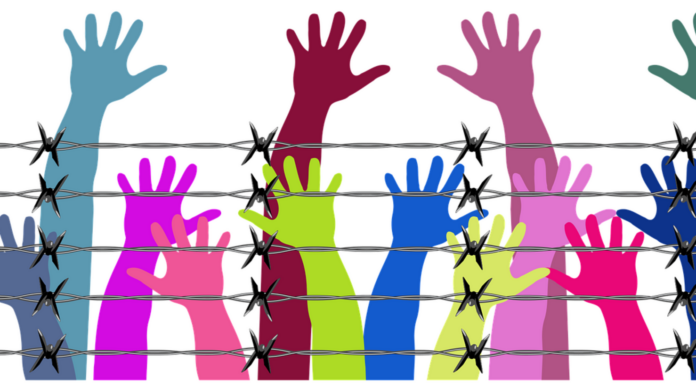IN HIS INAUGURAL address as Indonesia’s new president on October 20th, Prabowo Subianto, a 73-year-old former general, vaunted his country’s consensual model of politics as something to be proud of. His vice-president, Gibran Rakabuming Raka, is the son of Joko Widodo, his predecessor, and he has assembled a huge cabinet that incorporates a wide range of business families.
Alas, unity is not always a virtue; as far as the cosiness between business and government in Indonesia goes, it is more of a vice. Indeed, the close ties between politicians and tycoons are a problem across South-East Asia. And that is holding the region back.
South-East Asia is home to some of the world’s most exciting economies. Its population of 700m is youthful; it should benefit from investment flows as multinationals seeking to serve the Western market hunt for factory sites outside China. The imf expects South-East Asia’s economy to grow at almost 5% a year in the second half of the decade. By contrast, China’s growth rate is projected to sag towards 3%.
But a deadening business environment is limiting the region’s potential. Its largest companies are overwhelmingly banks, natural-resources firms or state-owned enterprises. Apart from a handful of exceptions like Grab, a ride-hailing firm, and Sea, a gaming and e-commerce company, few operate in high-tech sectors. The combined value of investible stocks across the region is nearly $900bn, less than half that of India. In dollar terms, share prices today are a third below their levels in early 1997, before the start of the Asian financial crisis.
Monopolies are still common across the Association of Southeast Asian Nations (ASEAN). From Indonesian aviation fuel and the import of rice in Malaysia to the sale of tobacco in Thailand, governments have often granted exclusive rights over large markets to a single firm. Some of the companies are state-owned; others are the relics of colonial fiefs. The result is the same: less competition and lower efficiency.
View Full Image
Even in areas without a formal monopoly, politically connected conglomerates dominate the economy, gaining all manner of preferential treatment. They influence regulations in their favour and enjoy easy access to credit from state-owned banks. As a result, innovative upstarts are starved of talent and financing. Venture-capital funds are modest in size, making small deals the norm. Both VC and private equity tend to be dominated by the politically connected few. That may be helpful for startups hoping to be gobbled up by large businesses. But it is bad news for those aspiring to disrupt them.
Some governments are breaking up uncompetitive industries. The Philippines’ long-running telecoms duopoly has faced welcome competition as restrictions on foreign ownership have been loosened. Yet smashing monopolies is not easy. This month Thai lawmakers rejected a plan to liberalise the market for alcoholic drinks, which is dominated by two boozy conglomerates.
The best hope for liberalisation across the region is further economic integration. Even small steps towards a South-East Asian common market would help break the stifling nexus of business and politics. Although that would expose conglomerates to more competition, it would also offer them the prize of access to a much bigger market.
The ASEAN economic community, established in 2003, has proposed a regional market for goods, services, investments and labour by 2025. That has been achieved for some industrial supplies, but reality has fallen far short of the ambition. Beefing up the bloc’s central body, the ASEAN Secretariat, so that it can foster progress, would be a start.
South-East Asia is divided by income level, culture, language and ethnicity. Integration will not yield anything as politically and economically tight-knit as the European Union in the near future. But without steps towards a regional market, the domestic rent-seekerswill continue to reign.
© 2024, The Economist Newspaper Limited. All rights reserved. From The Economist, published under licence. The original content can be found on www.economist.com

